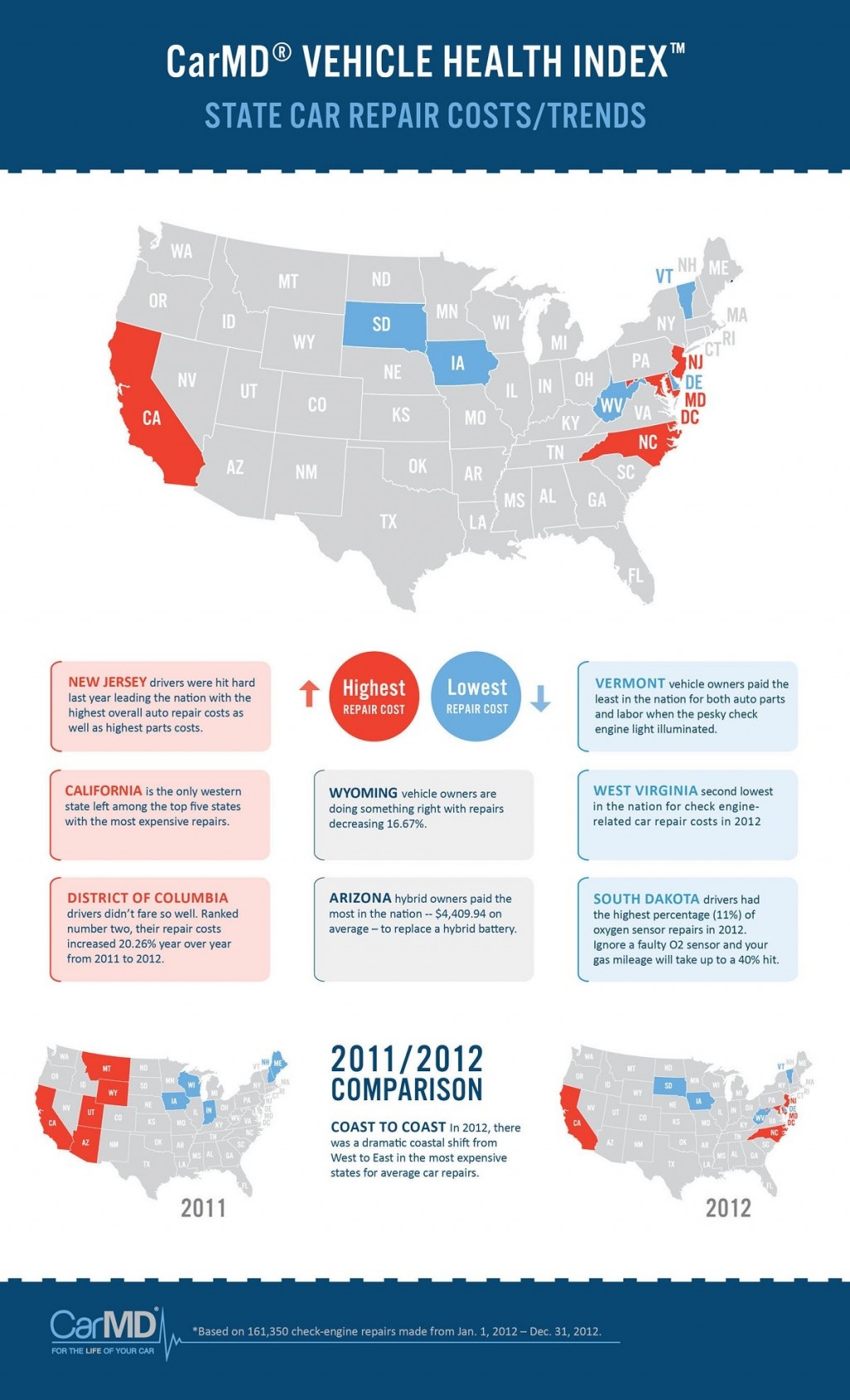Examining Your Car'S Warning Indicators: What They Truly Convey
Examining Your Car'S Warning Indicators: What They Truly Convey
Blog Article
Web Content By-Higgins Torres
When you're behind the wheel, those beautiful caution lights on your dashboard can be a little bit puzzling. Do you know what they're trying to tell you concerning your auto's health and wellness? Understanding the importance of these lights is essential for your security and the longevity of your lorry. So, the following time one of those lights pops up, wouldn't you wish to analyze its message accurately and take the necessary actions to resolve it?
Common Warning Lights and Interpretations
Identify common caution lights in your vehicle and recognize their significances to guarantee secure driving.
The most normal warning lights include the check engine light, which indicates problems with the engine or exhausts system. If this light comes on, it's crucial to have your car checked quickly.
The oil stress warning light indicates low oil pressure, calling for immediate attention to prevent engine damages.
A flashing battery light could suggest a defective billing system, possibly leaving you stranded if not addressed.
The tire stress monitoring system (TPMS) light alerts you to reduced tire pressure, influencing lorry stability and fuel efficiency. Overlooking this might result in risky driving conditions.
The abdominal light suggests a problem with the anti-lock stopping system, jeopardizing your ability to stop swiftly in emergencies.
Finally, the coolant temperature advising light warns of engine getting too hot, which can cause severe damage otherwise solved swiftly.
Recognizing these common caution lights will certainly help you resolve concerns quickly and preserve risk-free driving problems.
Relevance of Prompt Focus
Comprehending the usual caution lights in your automobile is just the first step; the value of quickly attending to these cautions can not be emphasized sufficient to guarantee your safety and security when driving.
When a warning light illuminates on your control panel, it's your car's method of connecting a possible problem that requires attention. Disregarding these warnings can cause a lot more severe troubles later on, compromising your security and possibly costing you extra in repairs.
Prompt focus to alerting lights can prevent breakdowns and crashes. As an example, a flashing check engine light could suggest a misfire that, if left ignored, might create damage to the catalytic converter. Resolving professional car cleaning auckland without delay can conserve you from a pricey repair.
In a similar way, a brake system warning light may indicate low brake liquid or worn brake pads, critical parts for your safety when driving.
Do It Yourself Troubleshooting Tips
If you observe a warning light on your dashboard, there are a few do it yourself repairing ideas you can attempt before seeking expert assistance.
The first step is to consult your cars and truck's handbook to recognize what the certain warning light suggests. Sometimes the problem can be as simple as a loosened gas cap activating the check engine light. Tightening the gas cap might fix the trouble.
Another usual issue is a low battery, which can activate various cautioning lights. Inspecting the battery links for deterioration and guaranteeing they're safe might take care of the problem.
If a caution light continues, you can try resetting it by detaching the vehicle's battery for a couple of mins and after that reconnecting it. In addition, examining your vehicle's fluid degrees, such as oil, coolant, and brake fluid, can assist repair alerting lights related to these systems.
Verdict
In conclusion, comprehending your cars and truck's caution lights is essential for maintaining your automobile running efficiently and securely. By without https://andrerlfat.bligblogging.com/32685685/exactly-how-mobile-auto-outlining-solutions-can-save-you-time-and-money attending to these signals and recognizing what they mean, you can stay clear of expensive fixings and potential malfunctions.
Keep in mind to consult your auto's handbook for particular information on each warning light and act as necessary to ensure a hassle-free driving experience.
Keep informed, remain safe on the road!
